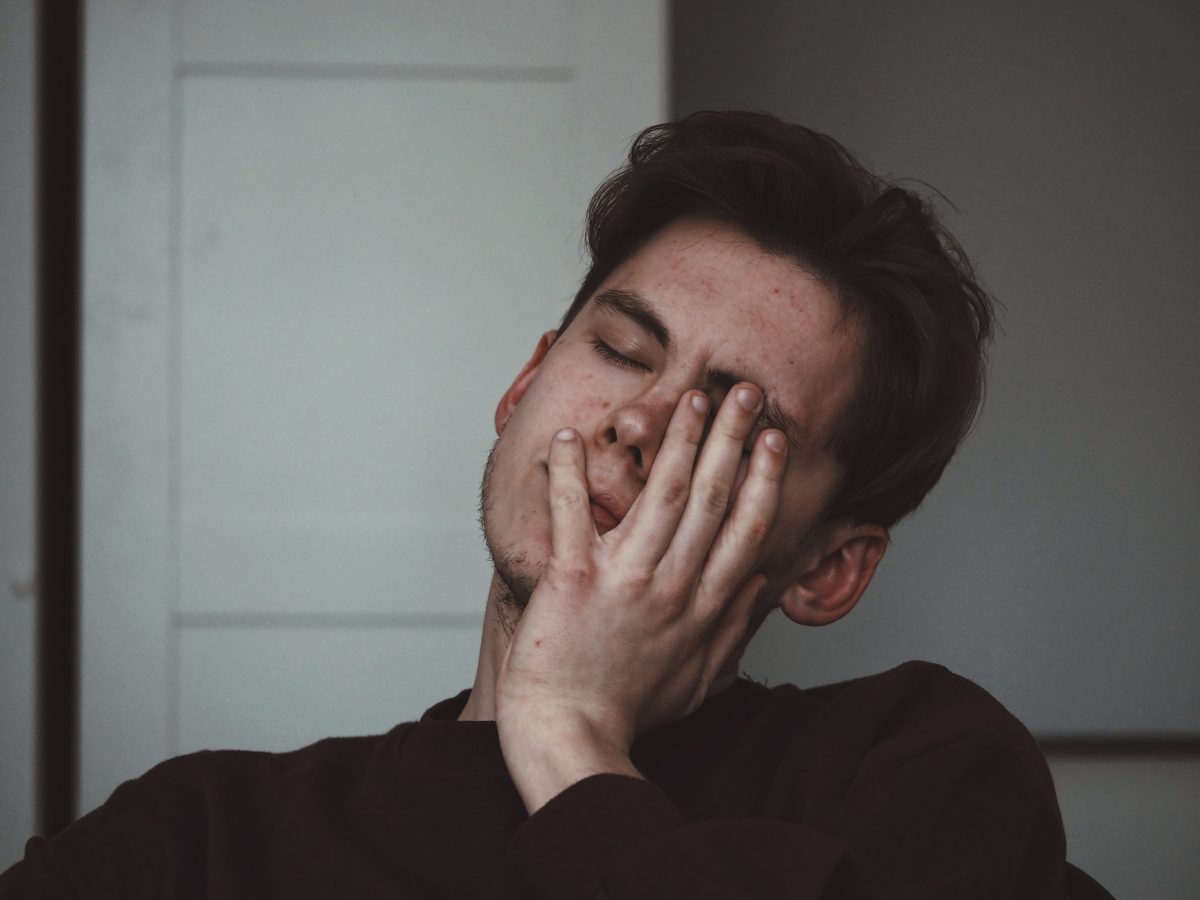All you need to know about orofacial myofunctional therapy (OMT)
The Practice offers a range of treatment for both adults and children. One of the many dental services we offer is orofacial myofunctional therapy (OMT), provided by our experienced dentists.
What is OMT?
Orofacial myofunctional therapy (OM) is a personalised program of treatment that incorporates specific exercises and activities to help eliminate many of the disorders caused by abnormalities in swallowing, improper tongue rest posture and mouth breathing.
OMT and mouth breathing:
In terms of skeletal view and airway development, mouth breathing can dramatically alter how you look and the amount of oxygen required for proper body function. How the tongue rests and facial muscles can be affected by mouth breathing, accompanied by a range of signs and symptoms of myofunctional disorders that can affect your overall health.
OMT and swallowing:
In order to swallow, our muscles need to work in a specific way, involving the tongue, cheeks and throat. During normal swallowing the tongue firmly presses against the roof of the mouth, behind the front teeth.
When the tongue is in the wrong resting position, it can cause many problems with eating, swallowing, speech and other dental issues. It’s important to teach the tongue its proper resting position in order to potentially avoid orthodontic treatment in the future.

What are the signs of myofunctional disorders?
Signs of myofunctional disorders are generally incorrect oral posture, normally indicated by a an open mouth where lips are parted during resting posture, limited tongue movement, mouth breathing, messy eating, an overbite, underbite or dental problems, the tongue going past the teeth and drooling in children older than 2 years.
Myofunctional disorders can affect functions of the mouth and face, including:
- Eating.
- Swallowing.
- Tongue function.
- Speech.
- Skeletal growth and development.
- The effectiveness of oral hygiene.
- Orthodontic stability/maintenance.
- Tenderness in the temporomandibular joint.
- Dental arch development.
Children are developing habits now that will affect them in their adult life, so training these muscles in the face, neck and tongue now will help them in the future and possibly eliminate the need for orthodontic treatment.
What conditions can be treated with OMT?
Our dentists can provide treatment for:
- Tongue-tie.
- Thumb/finger and dummy sucking.
- Tongue thrust.
- Nail biting.
- Incorrect tongue rest posture.
- Incorrect swallowing patterns.
- Orofacial pain and TMD.
- Mouth breathing.
What does OMT involve?
At our West End dental clinic, OMT is customised for every individual. It’s a gentle, painless treatment and the exercises are generally simple and easy to do. They will need to be performed every day, two times a day to reestablish and maintain proper muscle pattern.
OMT at The Practice
We are highly experienced providing OMT to patients, especially children. We use the latest techniques and methods to help you develop good patterns now, to assist you with your future oral health.
Contact our practice on (07) 3733 3223 or email admin@thepracticedental.com.au to speak with our friendly team and find out more about OMT and how it could help.

